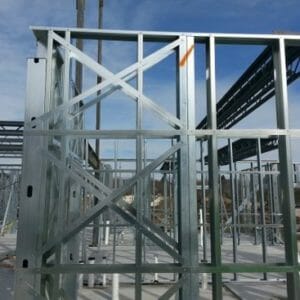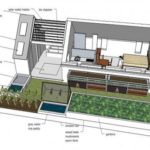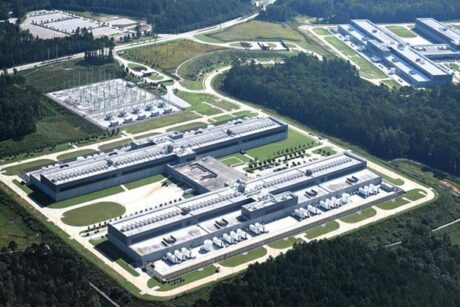Subtotal: $5.00
- Course No E – 1785
- PDH Units: 4
No data found for Custom Course Number
No data found for Custom Course Units
- Course No E – 1785
- PDH Units: 4
Intended Audience: mechanical engineers, HVAC designers, architects, maintenance and facilities personnel responsible for building services and infrastructure.
PDH UNITS: 4
A heating, ventilation, and air conditioning, or HVAC engineer designs heating and cooling systems for homes and commercial buildings. He uses knowledge of refrigeration and mechanical engineering to create blueprints for HVAC installers and develops systems that keep building occupants comfortable in all types of climates and seasons. He also makes sure to create a system that maximizes energy efficiency while also meeting the economical paybacks. As a HVAC engineer, you will be faced with numerous design challenges pertaining to the electrical equipment, configurations, specifications, energy efficiency and controls. With more and more buildings getting equipped to sophisticated controls, the lines between electrical and mechanical engineering is becoming blurred, with each having to know more about the other's disciplines. This 4- hour’s course provides basic introduction to electrical engineering that will help HVAC engineers to communicate more effectively with specialists such as electrical designers, consultants and contractors. It will enable the non-electrically minded to comprehend the discussions and requirements surrounding the subject. The course begins with a discussion of general electricity and electrical circuits, and then moves quickly to electrical distribution concepts, wiring diagrams, motor controls and circuit protection devices encountered with HVAC and refrigeration systems.
Learning Objectives
Upon completion of the course, the student should understand:- Understand how electrical systems operate and learn the relationship between volts, amperes, and ohms;
- Understand the various types of circuits – series, parallel, power and control circuits;
- Understand the difference between single phase and three phase supply;
- Learn about devices to protect against overcurrent such as breakers and fuses:
- Learn about electrical arrangement to protect against shock;
- Learn about common switching devices such as isolators, contractors and relays;
- Understand the basic principles of induction motor and control;
- Understand the 4 basic types of motor starters – their application and benefits;
- Understand variable speed drives – their application and benefits;
- Understand the terminology of electric distribution equipment and systems such as substations, switchyard, switchgear, switchboards, panel-boards and motor control centers;
- Understand how energy is utilized in operation of pumps, fans, cooling towers and chillers;
- Learn three major organizations that help to standardize equipment specifications and safety regulations within the electrical industry.
Once completed, your order and certificate of completion will be available in your profile when you’re logged in to the site.


 E - 1126 Steel Design – Basics - Updated to AISC 14th edition
E - 1126 Steel Design – Basics - Updated to AISC 14th edition 






